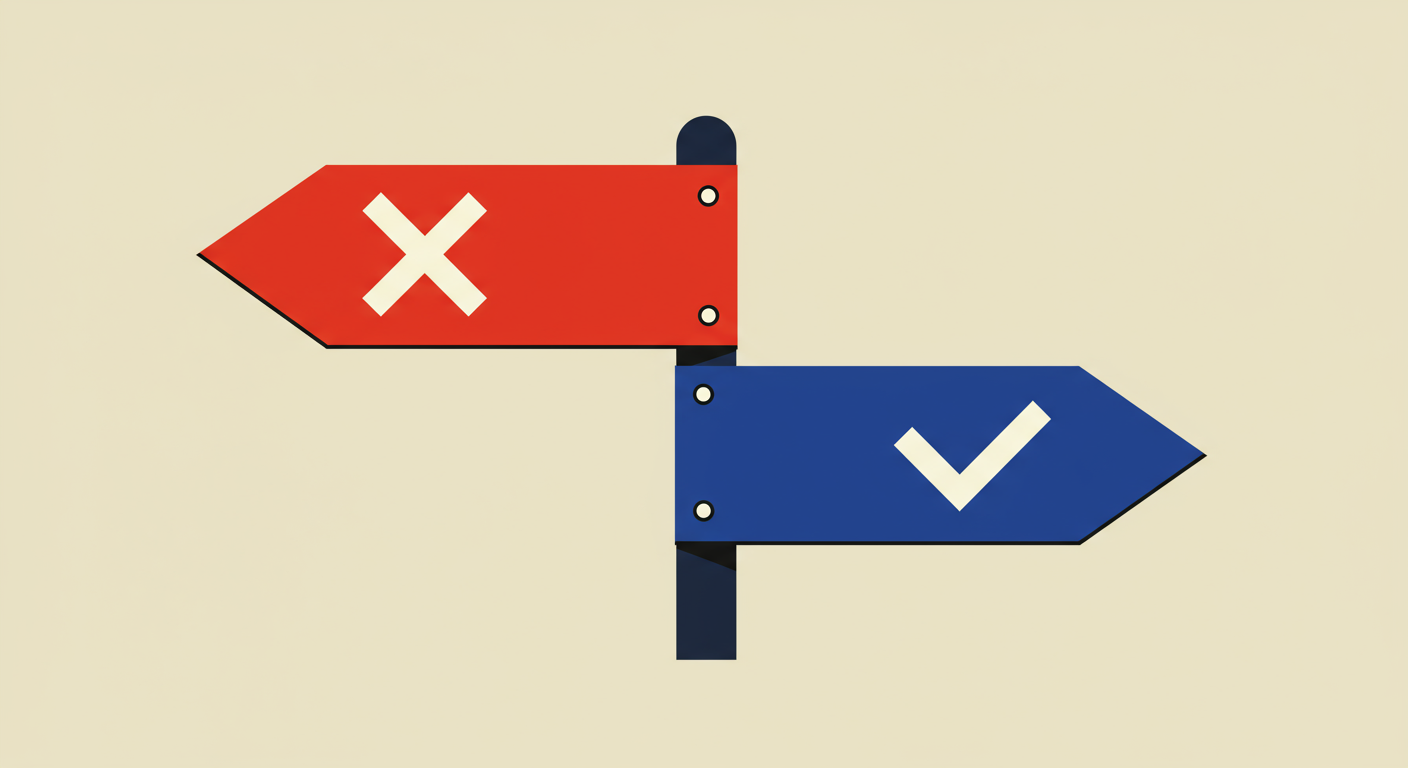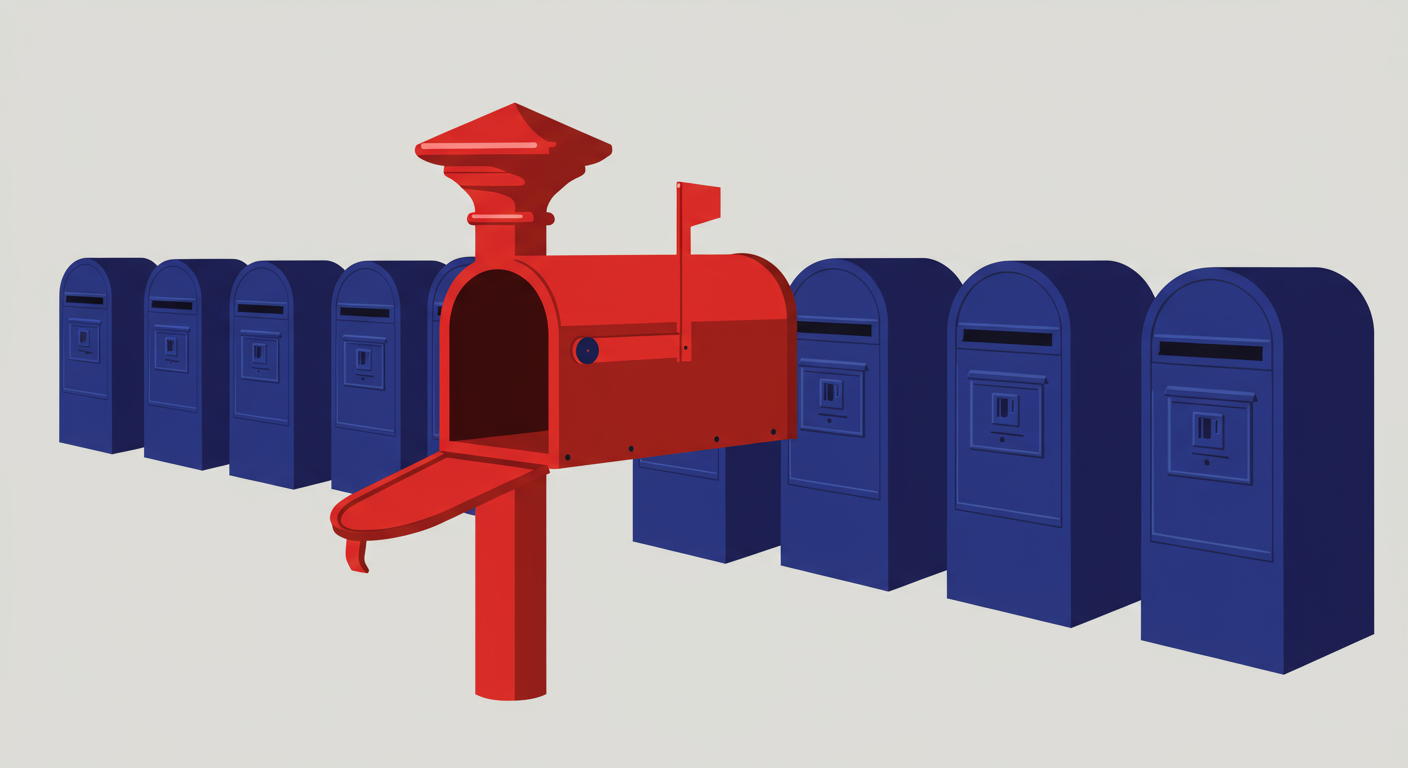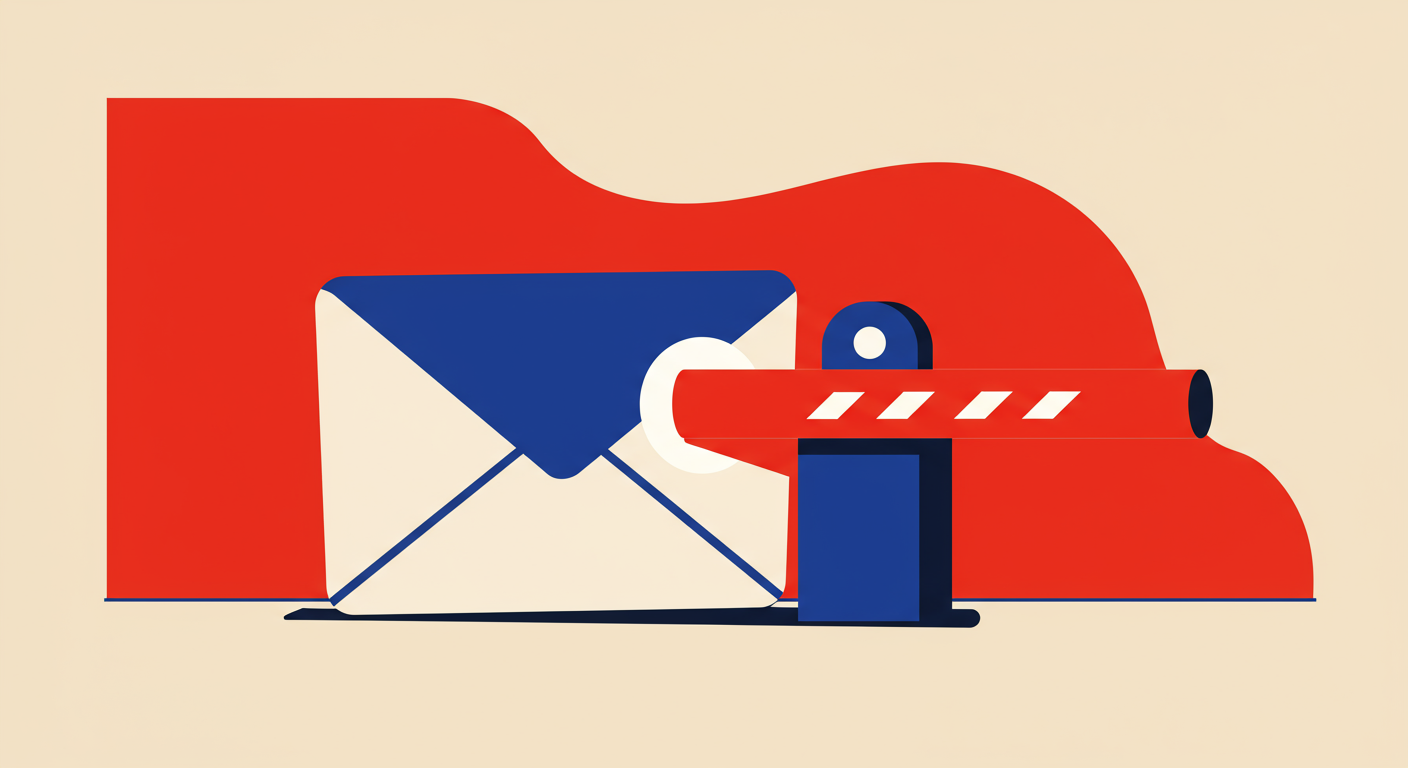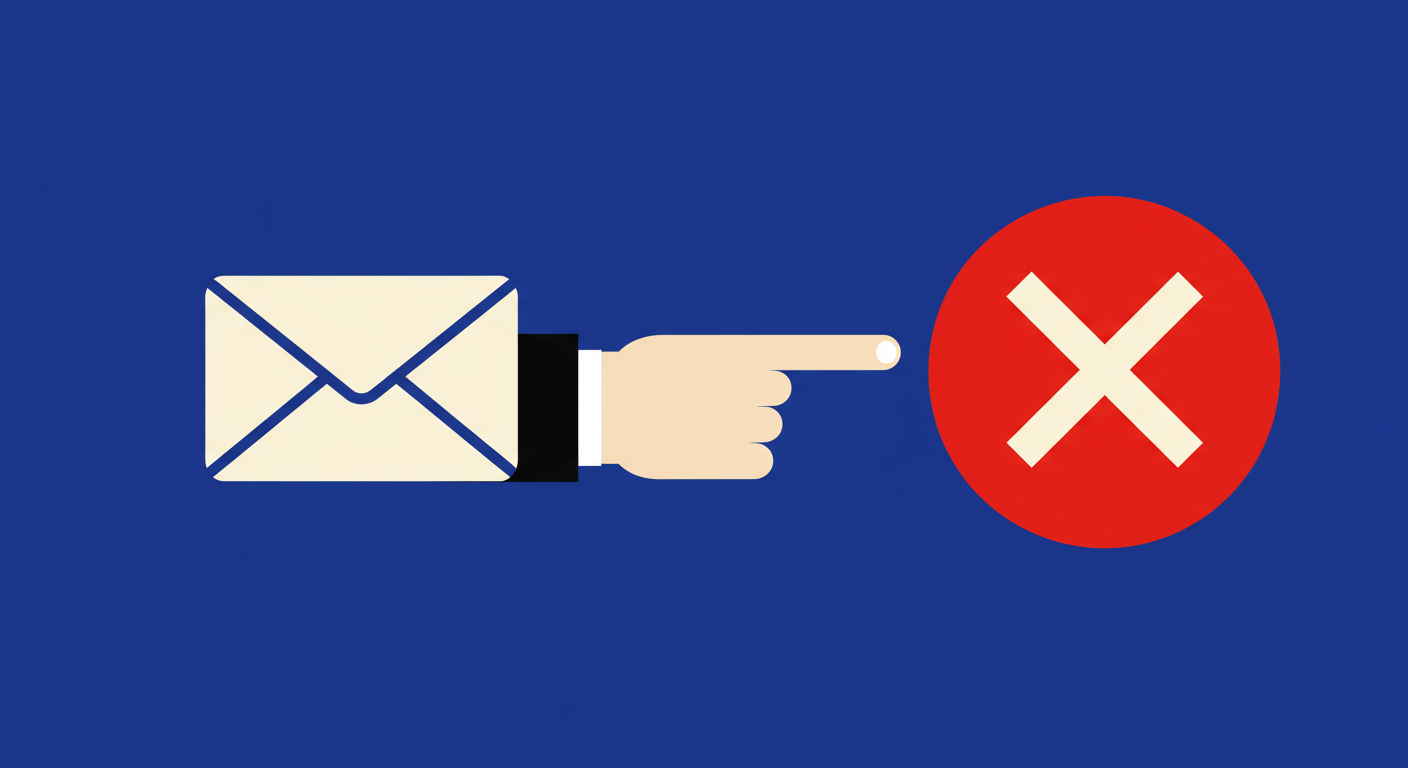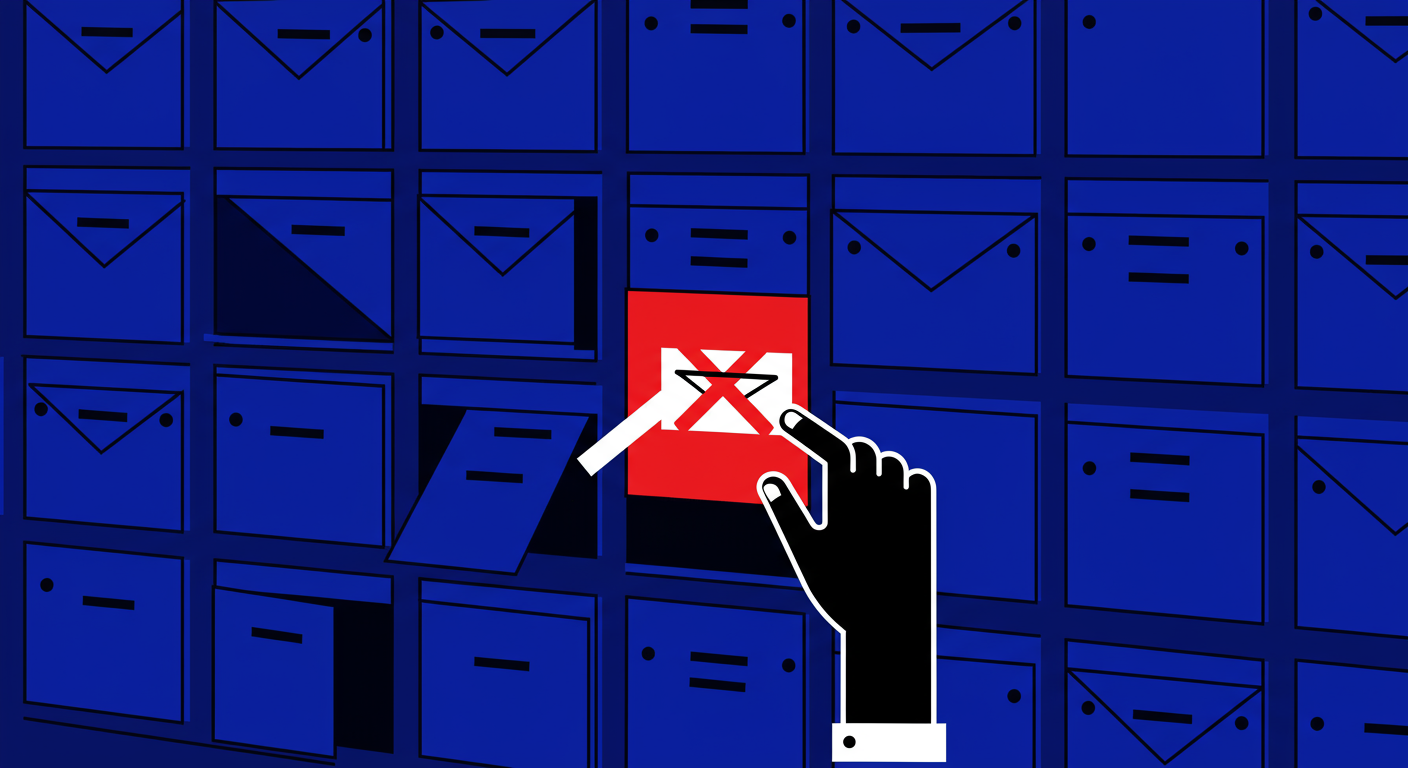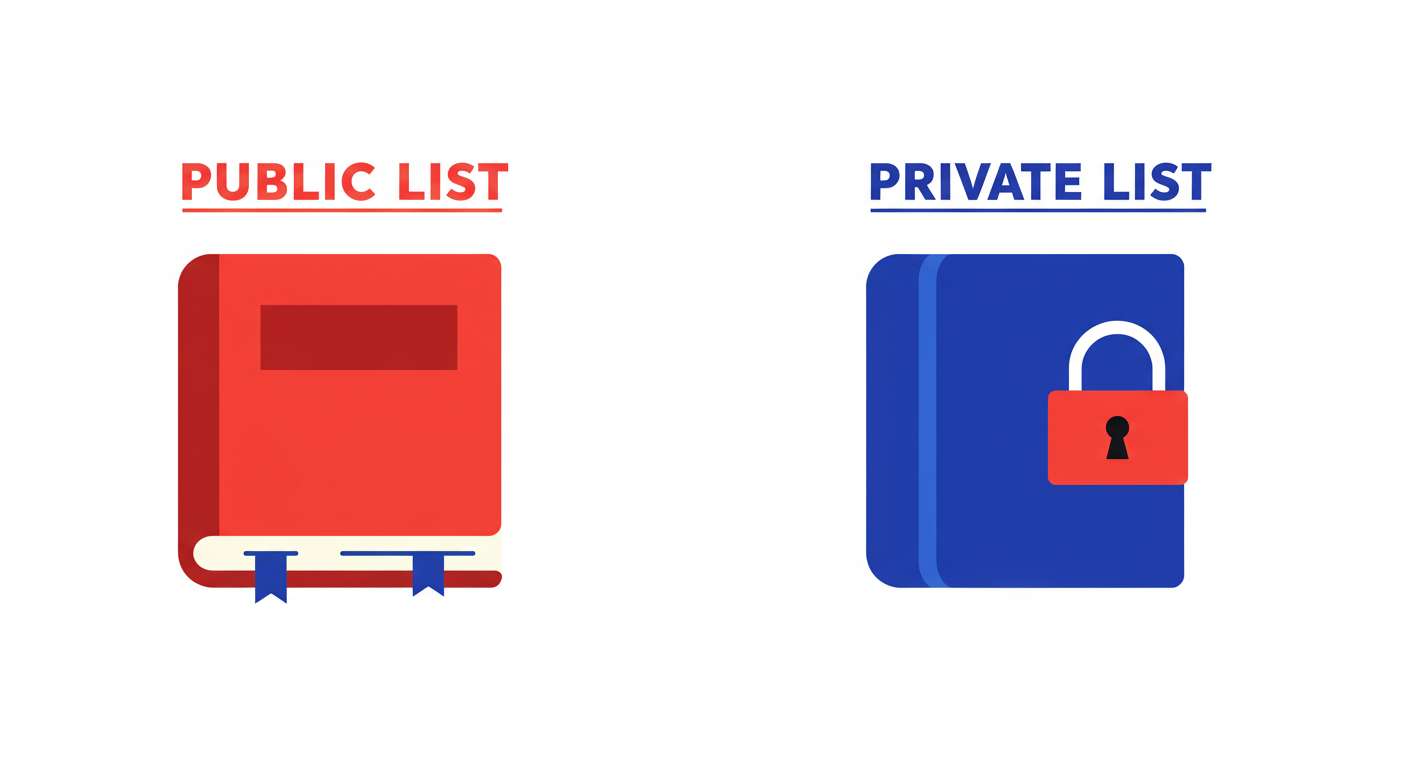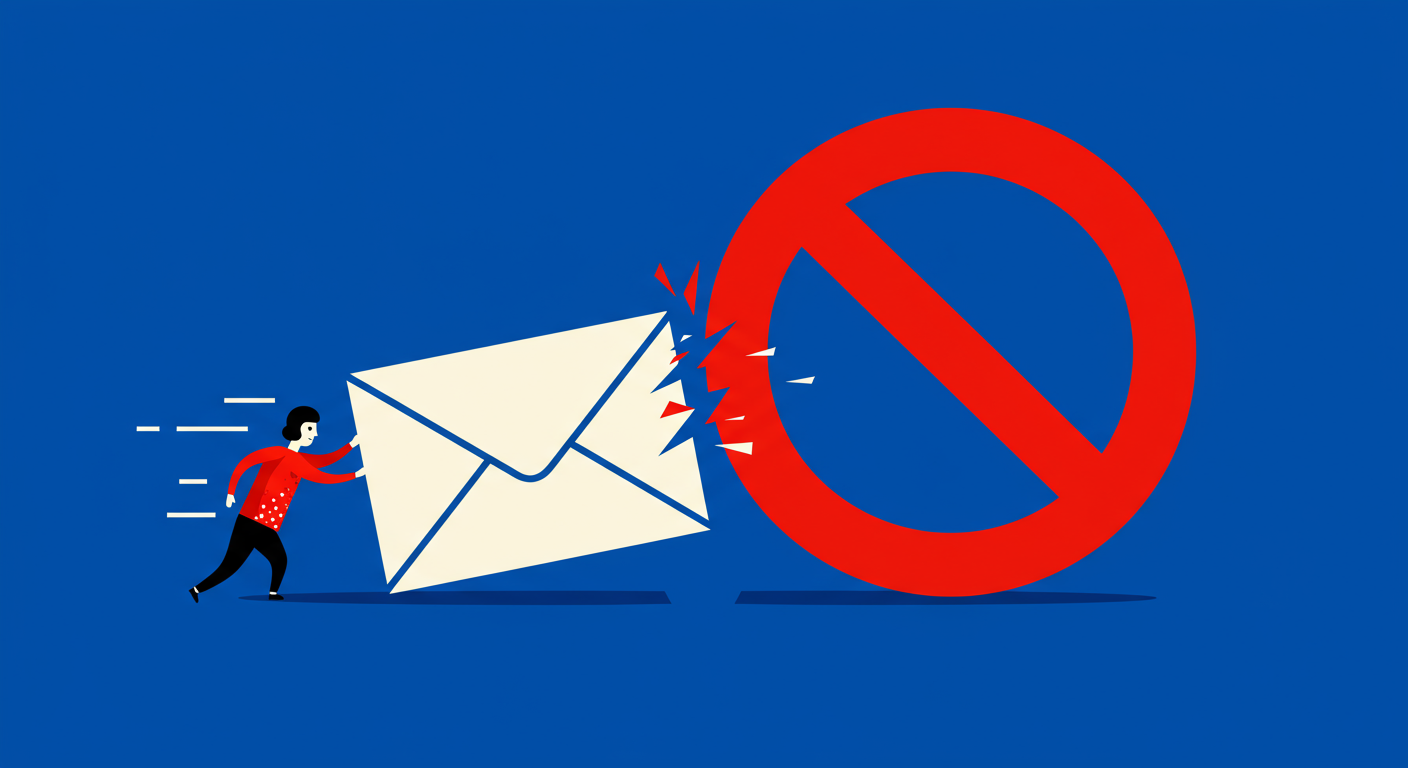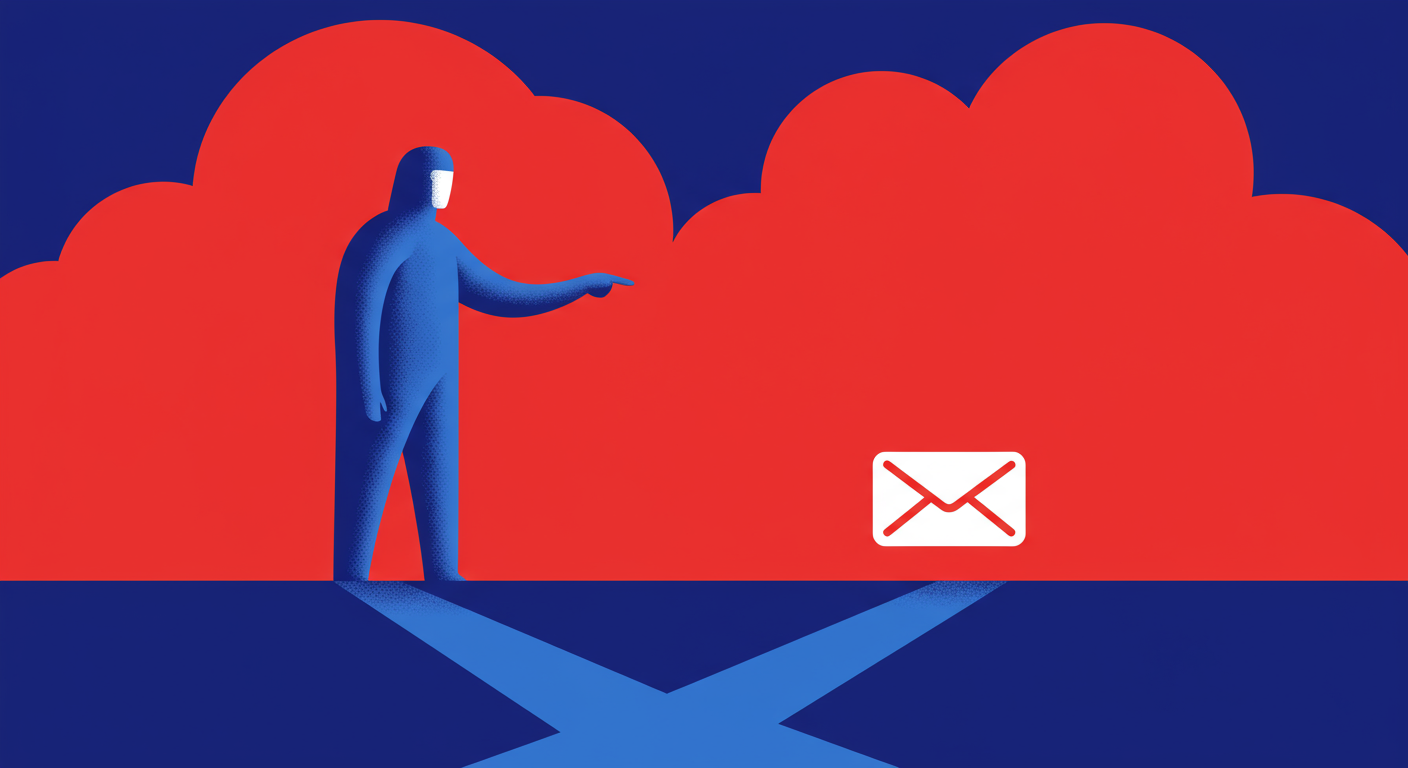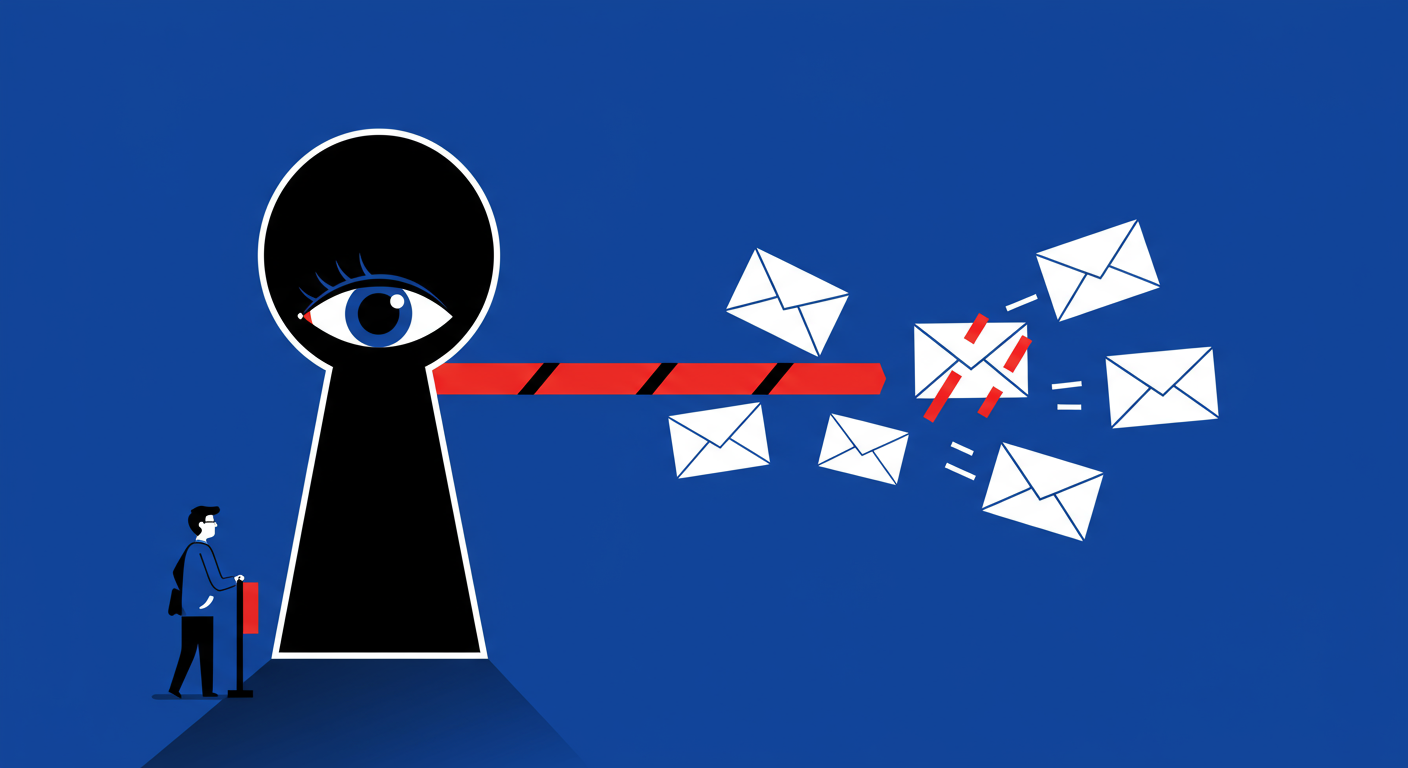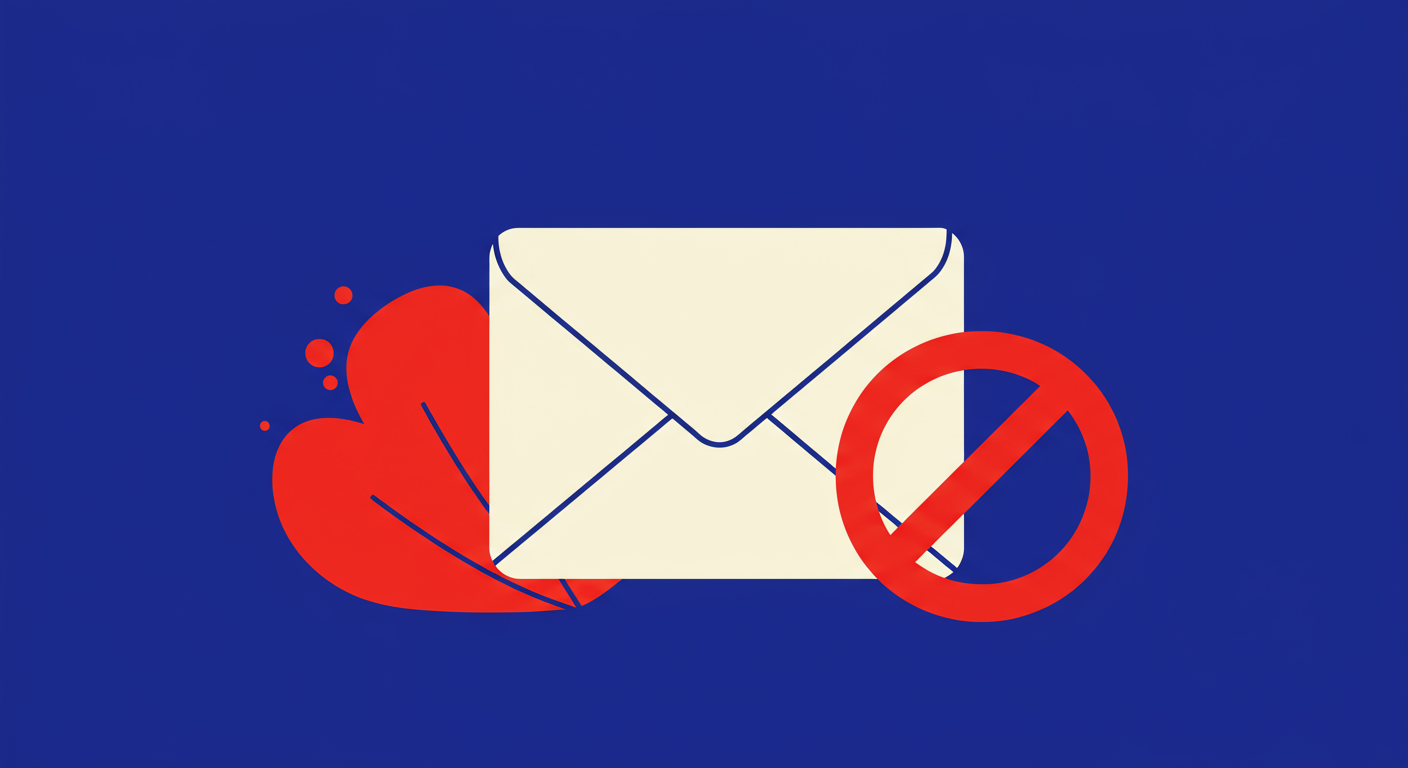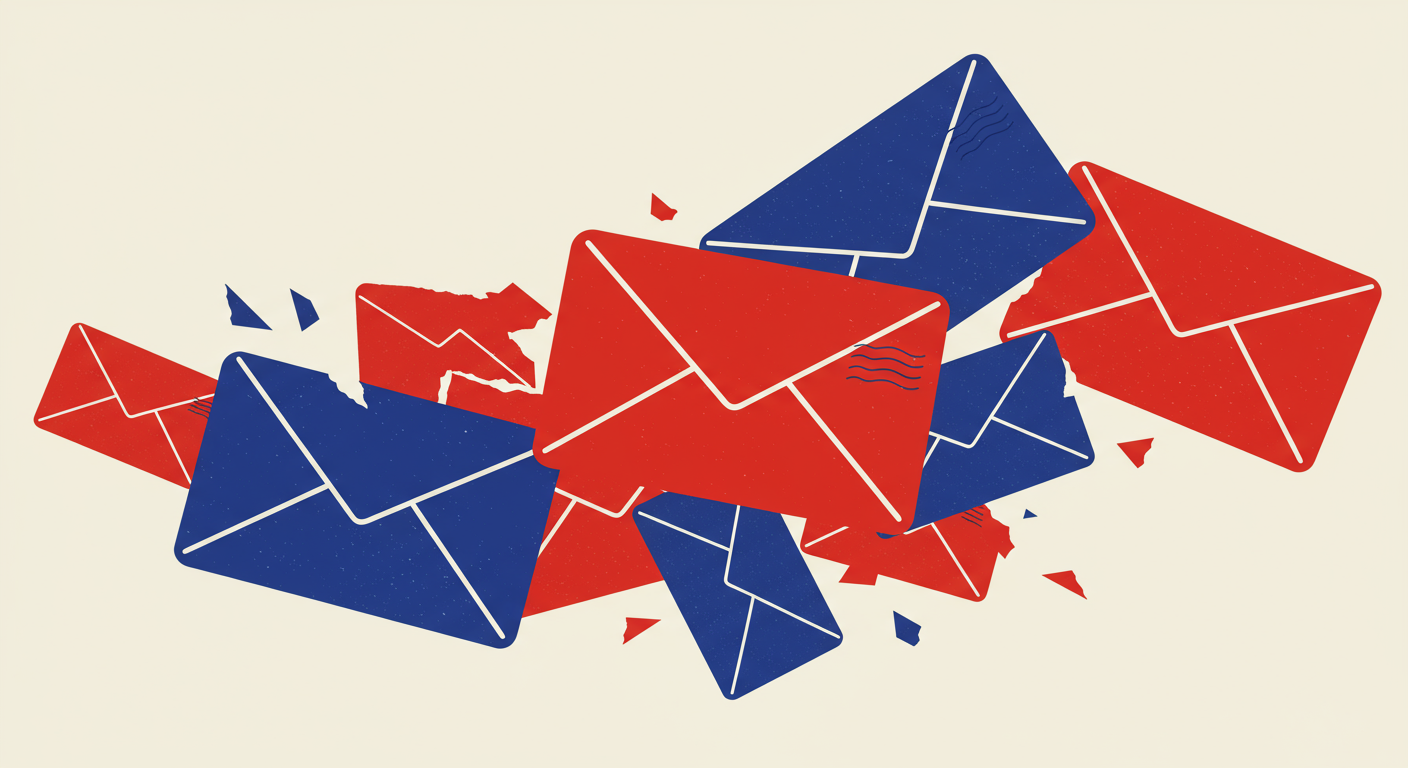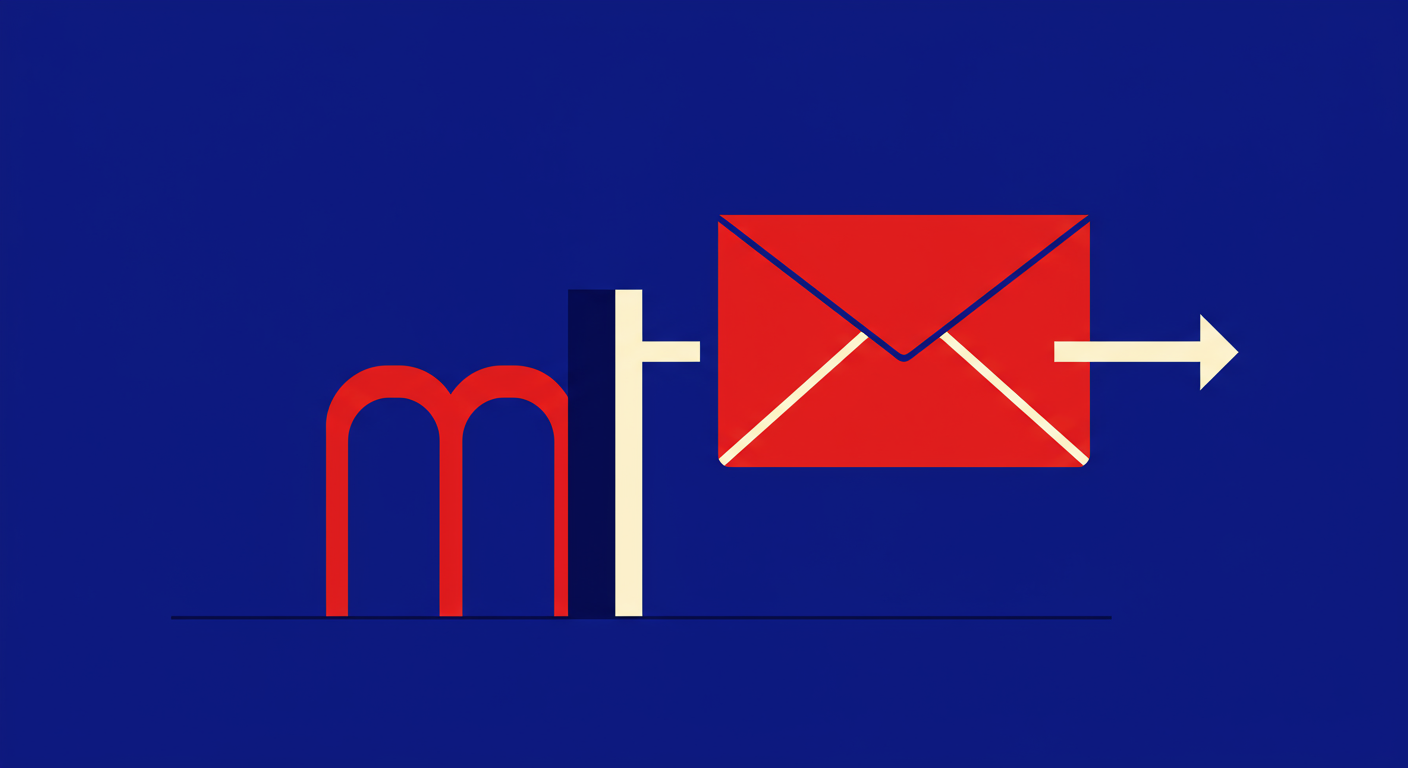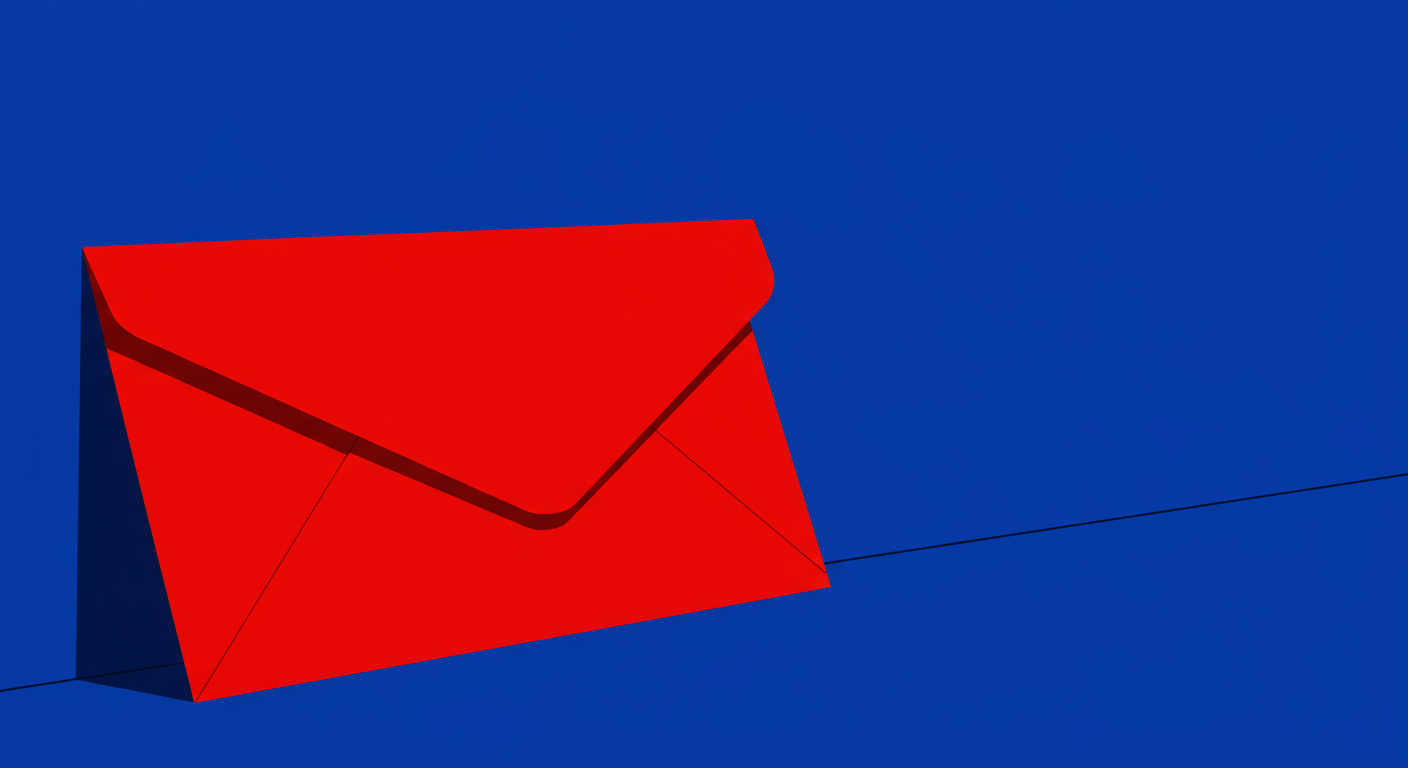What is Mailspike Z - Zero-Hour Data Blacklist (ZBL)?
The Mailspike Z - Zero-Hour Data Blacklist (ZBL), also known as ZBI, is a specific type of IP-based blacklist. Its primary policy is to list IP addresses that are currently participating in a distributed spam wave. Unlike other blocklists that might consider the long-term reputation of an IP, this blacklist focuses on immediate, viral behavior shared across multiple IP addresses. It is designed to detect and block active spam attacks as they happen.
From a technical standpoint, a system querying this blocklist for an IP address will receive a 127.0.0.2 response if the IP is listed. The recommended action for system administrators using this blacklist is to block any connections from the listed IP at the mail server (MTA) level.
The use of this service via public DNS queries is free but restricted to lower volume sites. The usage policy requires that email traffic does not exceed 100,000 messages per day and that the total volume of DNS queries remains below 100,000 per day. If your IP address is on this blocklist, it is typically due to one of the following reasons:
- Compromised email accounts that are being used to send spam, malware, or phishing emails.
- Infected computers or servers on your network that are under the control of spammers and are sending malicious emails.
Who runs Mailspike Z - Zero-Hour Data Blacklist (ZBL)?
The Mailspike Z - Zero-Hour Data Blacklist (ZBL) is operated by Mailspike Technologies, a company that evolved from Anubisnetworks. Anubisnetworks was founded in Portugal in 2006, initially focusing on creating a cloud-based email security gateway for telecommunication companies. After being acquired by Bitsight Technologies in 2014, the email security technologies were spun out into a new, dedicated company, Mailspike Technologies, in 2019.
Mailspike presents its blacklist services as free and community-oriented. The listings on this blocklist are determined by automated algorithms that calculate the real-time reputation of an IP address based on observed network traffic.
How do I get removed and delisted from Mailspike Z - Zero-Hour Data Blacklist (ZBL)?
Before requesting removal, it is critical to identify and fix the underlying issue that caused the listing. If the problematic behavior continues after delisting, the IP address will likely be listed on the blacklist again. Mailspike notes that for listings related to known spam botnets, delisting will only proceed after their systems confirm the malware threat has been mitigated.
Once you have resolved the root cause, you can request removal using the delisting form on their website. After submitting the form, the IP address is typically delisted automatically within 6 to 36 hours. If you need to contact Mailspike directly, they have a contact form, but they note that as a free service, their resources are limited.
What's the impact of being listed on Mailspike Z - Zero-Hour Data Blacklist (ZBL)?
The impact of being listed on the Mailspike Z - Zero-Hour Data Blacklist (ZBL) is medium. Because this is a real-time (or zero-hour) blocklist designed to stop active spam waves, a listing can cause immediate and widespread email delivery problems. Any mail server or receiving system that uses this specific blacklist will likely block or reject your emails.
The way individual systems use the blocklist data is up to their administrators, so consequences can vary. However, the recommended action is a hard block at the connection level. Therefore, being on this list means your ability to deliver emails to a portion of the internet will be significantly impaired until you are delisted.
Other Mailspike blocklists

